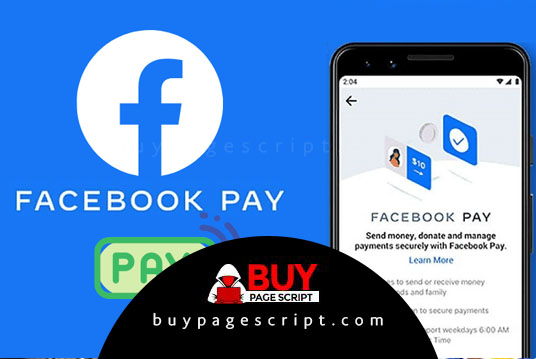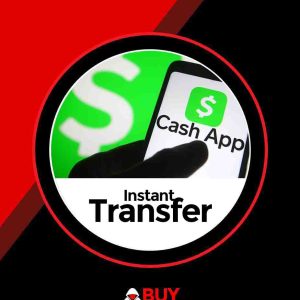How to Send Money through Facebook Pay – Full Guide
Send Money on Facebook Pay
From that point forward, Facebook has gotten significantly more than an online play area for Ivy League understudies. Facebook procured over $16.6 billion selling on web advertisements, a 28% expansion year-over-year. Organizations and business people pay to have their special messages show up on clients’ news sources. Just Google gets more cash-flow selling advertisement space on the web.

Facebook is also making it possible to send money to friends and business associates. Through the site with a few clicks of the mouse or taps of the screen as part of Facebook Messenger. The site’s instant messaging component. In fact, PayPal’s former CEO, David Marcus, defected to Facebook in 2014 to oversee Facebook Messenger. As well as launching Facebook’s cryptocurrency Libra. He stayed on Facebook until 2018. With as much time as people spend on Facebook. It logically follows for users to take advantage of this new feature once they learn about it.
The site is making the process of sending and receiving money online simple. For anyone with a Visa or MasterCard debit card. With this service, Facebook acts as a conduit between your bank. And your friend’s bank, channeling the money from one to the other.
KEY TAKEAWAYS
- Sending money through Facebook is simple: users simply need to enter a debit card . Or PayPal account through the in-app payment feature on Facebook Messenger.
- In November 2020, Facebook announced the launch of Facebook Pay. Making it possible to process transactions across its platforms to purchase things such as games, and event tickets. And certain Facebook Marketplace items.
How to Send Money through Facebook
Send money through Facebook Pay through the Messenger app is simple. It takes only seconds once you store your debit card information, which you are prompted to do on your first use of the feature. The first step is to open a new or existing Facebook Messenger conversation with the friend to whom you wish to send money. You can do this on your home computer, tablet, or smartphone. Once you pull up the conversation, you should see an icon with a dollar sign at the bottom of your screen. Tap or click that icon. The app then prompts you to enter the amount of money you wish to send; do this and then click or tap the Next button.
At this point, if it is your first time sending money via Facebook, a screen pops up asking you to enter your PayPal or debit card information. As of April 2020, the service accepts only debit cards, not credit cards, and your card must be a Visa or MasterCard. Enter your card number, expiration date, validation code, and billing zip code. Next, click or tap the Pay button.
now,
The process is now complete. The app transfers the funds to your friend right away. If you use an online banking app, you should see the money removed from your available balance within minutes. Facebook stores your debit card information, so you do not have to enter it each time you wish to send money via Facebook Messenger, For those concerned with having financial information stored on a third-party server, Facebook provides an information page where you can read about its security protocols. The site claims to use multiple layers of hardware and software protection on its servers.
Receiving Money Via Facebook Messenger
Receiving money via Facebook Messenger is even easier than sending it. When a friend sends you money, you receive a Facebook notification, similar to what you receive when a friend sends a regular message. If your debit card information is already stored in the app, there is no action that must be taken on your end. The money is transferred instantly; the notification simply lets you know it is on the way.
When a friend sends you money via Facebook and you have yet to provide your debit card info, the notification you receive upon payment from your friend includes an Add Card button. Tap or click it, and the same prompt appears to enter your card information. Once you submit this information, the app completes the transaction. When you send or receive money in the future, your card is already stored, and you do not have to enter it again.
Though the money is transferred instantly, it may, depending on your bank, take a day or longer to appear in your available balance. Different banks maintain different hold time rules for electronic deposits.
How Facebook Makes Money From This Feature
Facebook imposes no charge to send or receive money via Facebook Messenger. The company makes no money directly with this feature. However, the financial incentive of this first move was to encourage and ease users into storing their payment information on the site, as well as process transactions. On Nov. 12, 2019, Facebook launched Facebook Pay, making it possible to process transactions across its platforms, including Instagram and WhatsApp. While no rollout timeline has been announced yet for Facebook Pay, the service will be available “to pay for fundraisers, in-game purchases, event tickets, person-to-person payments, and select pages on Facebook Marketplace,” according to The Next Web.
Those users who took advantage of Facebook’s send and receive money feature, and thus have their payment information stored on the site, can buy the advertised product with a single click of the mouse or tap on the screen. Impulse buying becomes easier and much more tempting when users do not have to fish their credit cards from their wallets and enter payment information for every purchase. In this regard, Facebook stands to make a lot of money, albeit indirectly, from its send and receive money feature.
Our services are not free and the payment is in advance
If you don’t trust our services, do not contact us, since we don’t have free services
You can also check out our Instant money transfer services available worldwide.
Good Luck!






![Read more about the article Order Decline – Reasons [Merchant Letter]](https://buypagescript.com/wp-content/uploads/2021/09/buypagescripts-posts-20-300x201.jpg)

